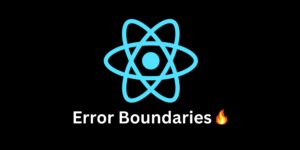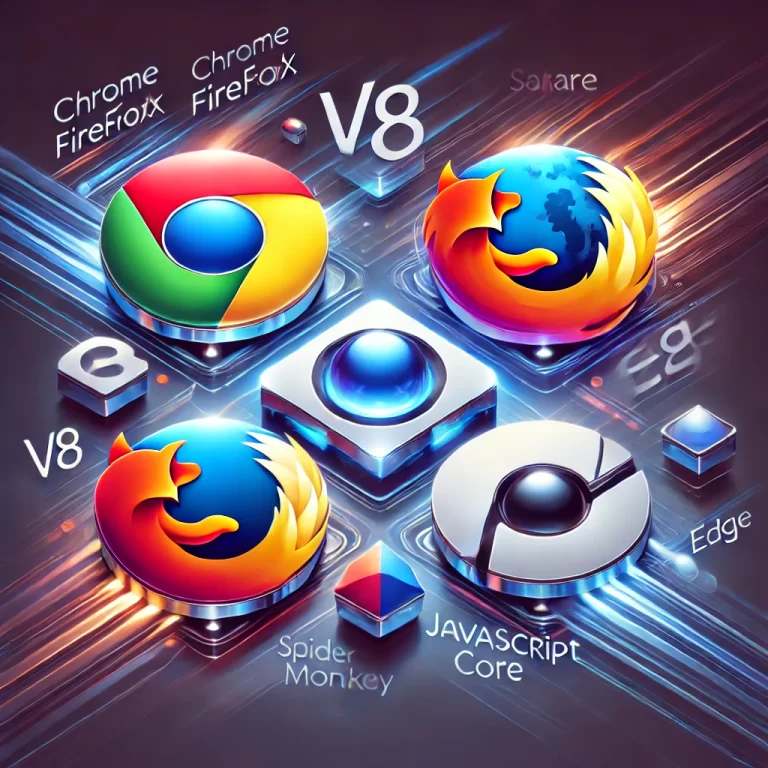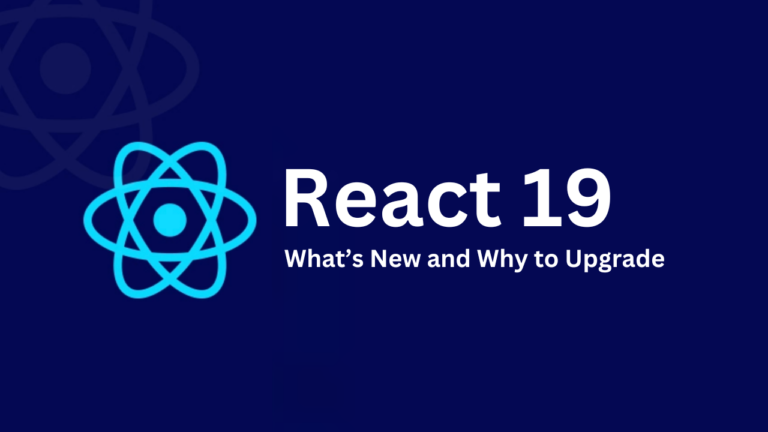In the ever-evolving landscape of web development, GraphQL has emerged as a game-changer, revolutionizing how data is queried and managed. Let’s embark on a journey to unravel the essence of GraphQL, exploring its functionality, applications, and the pros and cons it brings to the table.
What is GraphQL?
GraphQL is an open-source query language developed by Facebook in 2012 and later released to the public in 2015. It serves as an alternative to traditional REST APIs, designed to provide a more efficient and flexible approach to data fetching and manipulation.
How Does GraphQL Work?
At its core, GraphQL operates as a query language for your API. Unlike REST, where endpoints are fixed and return predefined data structures, GraphQL allows clients to request precisely the data they need. Clients send queries specifying the structure of the data they require, and the server responds with exactly that—nothing more, nothing less.
Where Can GraphQL Be Used?
GraphQL finds application in various domains:
- Web and Mobile Applications: Its ability to efficiently fetch specific data makes it ideal for building responsive and performant applications.
- Microservices Architecture: GraphQL’s flexibility makes it conducive to aggregating data from multiple services into a single endpoint.
- Real-time Applications: It suits applications requiring real-time updates due to its ability to subscribe to changes and fetch live data.
Pros of GraphQL
- Efficiency: Clients fetch only the data they need, reducing over-fetching or under-fetching of data.
- Flexibility: Developers can define complex queries without relying on multiple endpoints, enhancing development speed.
- Versioning: GraphQL eliminates the need for versioning endpoints as it allows clients to request precisely the required fields.
Cons of GraphQL
- Complexity: Learning curve for developers transitioning from RESTful APIs to GraphQL.
- Caching: Caching strategies might be complex due to the dynamic nature of queries.
- Over-fetching in Nested Queries: If not managed properly, nested queries might lead to over-fetching data.
Basics about GraphQL
- Schema: GraphQL APIs are defined by their schema, which outlines the types of data that can be queried and the relationships between them.
- Queries and Mutations: Queries retrieve data, while mutations modify data on the server. Both are structured using the GraphQL syntax.
- Resolvers: These are functions that fulfill the requested data in response to a query or mutation.
GraphQL represents a paradigm shift in API development, offering a more flexible and efficient approach to data retrieval and manipulation. Its ability to precisely fetch tailored data, coupled with its adaptability across various domains, positions it as a compelling choice for modern web and mobile application development.
While GraphQL introduces a new way of managing APIs, it’s essential to weigh its benefits against potential complexities to determine its suitability for specific projects. As technology continues to evolve, GraphQL stands as a testament to the innovation driving the future of web development.











